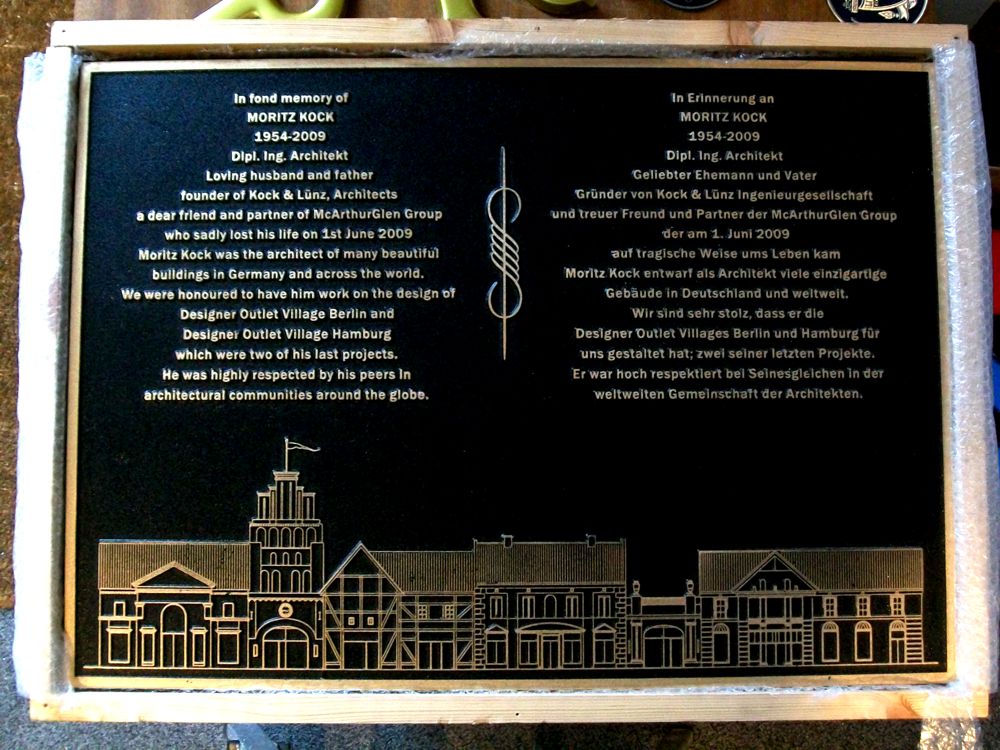
Cast bronze sign plaques are typically made using a centuries-old process known as sand casting. The first step in the process involves creating a pattern or model of the desired plaque design. This can be done using various materials such as wood, metal, or even 3D-printed materials. Skilled artisans or modern technology are employed to ensure precision and detail in the pattern.
Once the pattern is ready, the foundry workers create a mold from it. The mold is made by pressing the pattern into a special sand mixture, leaving an impression of the design. Multiple layers of sand and a bonding agent are added to reinforce the mold, and vents and channels are incorporated to allow the molten bronze to flow evenly throughout the mold.
After the mold has been created, the foundry team preheats it to remove any moisture and to avoid potential defects in the final plaque. Molten bronze, heated to an extremely high temperature, is then carefully poured into the prepared mold. The bronze fills the mold, taking the shape of the plaque design.
As the bronze cools and solidifies inside the mold, it undergoes a process called “solidification shrinkage.” This means that the metal contracts slightly as it cools, which can sometimes lead to imperfections in the final casting. Skilled foundry workers may account for this during the design phase or use additional techniques to minimize shrinkage-related issues.
Once the bronze has cooled and solidified, the mold is carefully broken open, revealing the rough casting of the plaque. The foundry workers then clean and refine the casting by removing any excess material and rough edges. This process may involve various tools and techniques, including grinding, sanding, and polishing, to achieve the desired finish and level of detail.
After the plaque has been refined, additional details or inscriptions may be added through engraving or etching processes. These may include text, logos, or decorative elements to personalize the plaque according to the client’s specifications.
Finally, the plaque is coated with a protective layer or finish to enhance its durability and appearance. This could involve applying a clear protective coating or patina to achieve the desired color and finish. The plaque is then inspected for quality and, once approved, is ready for mounting or installation, often on buildings, memorials, or other prominent locations.
In conclusion, the process of making cast bronze sign plaques involves skilled craftsmanship, precision, and attention to detail. From creating the pattern to casting the bronze and adding finishing touches, each step is carefully executed to produce a beautiful and long-lasting piece of art that can withstand the test of time.